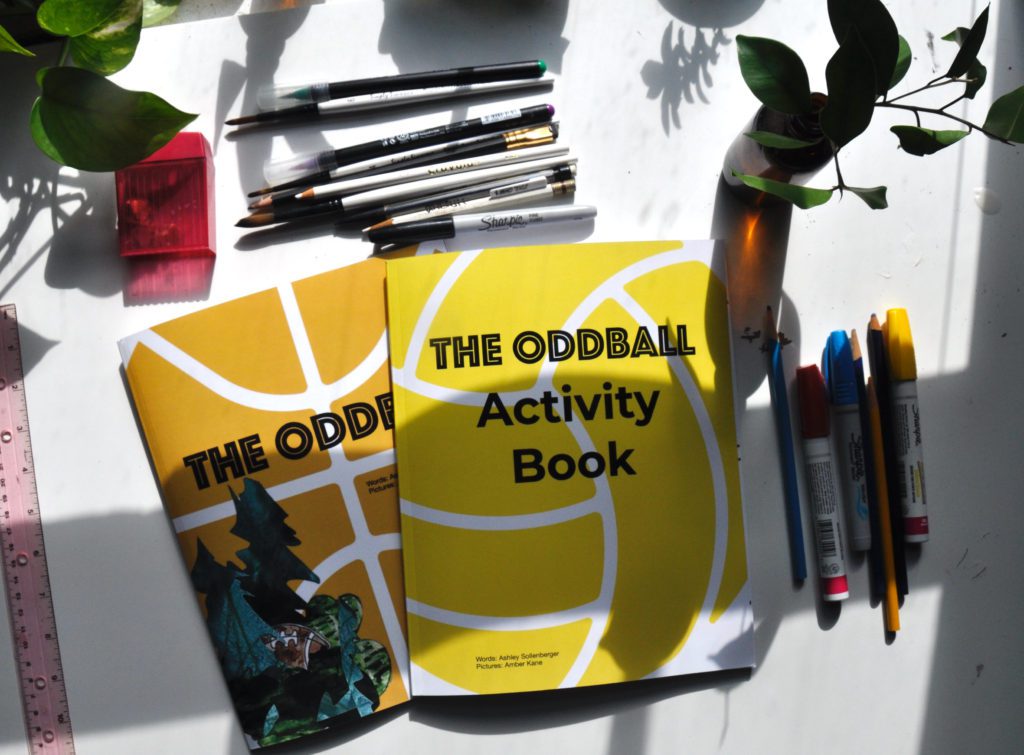If You Want to be More Creative, Find More Connections
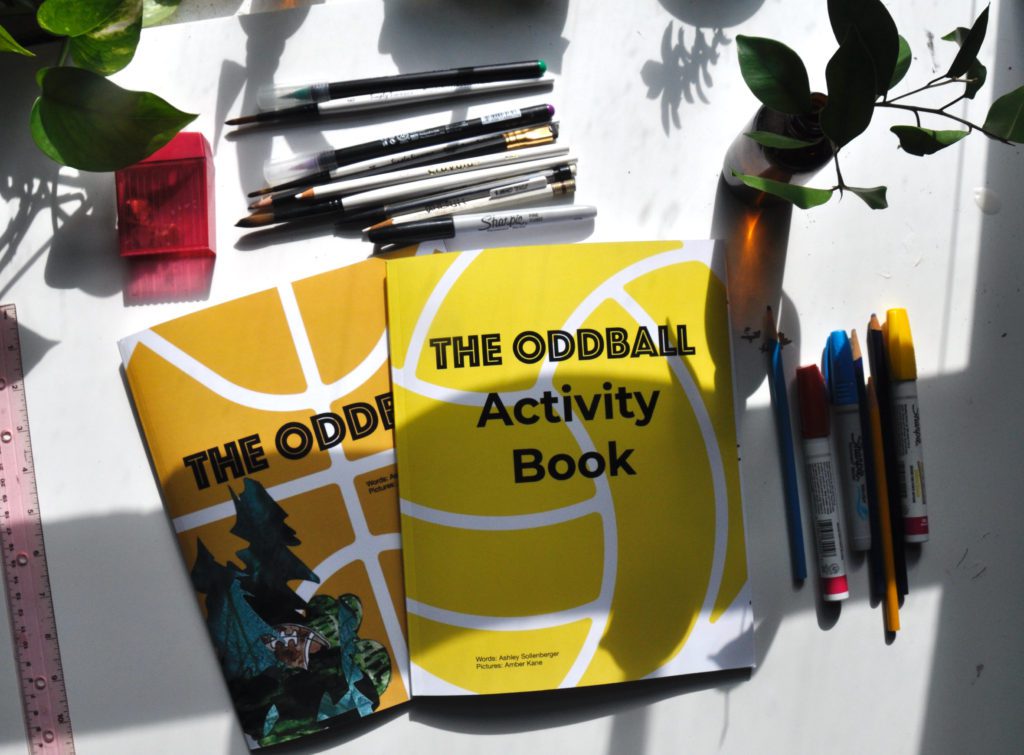
Connections and Combinations
Do you wish that you could come up with more creative ideas? You can! Creativity is a skill that you can learn, develop, and continue to grow once you understand it.
Creative ideas often spur from your mind making new connections and combinations. This is why it’s essential to do what I call “feeding your brain.” It’s hard to create meaningful and exciting connections and combinations if you do the same thing every day. Read the same books, listen to the same podcast that talks about the same things you read in books and get the point.
“We must seek out the unfamiliar. That is how we grow.”
Fixed. How to Perfect The Fine Art of Problem-Solving, Amy E, Herman
Creativity rarely happens by accident.
While we all love the stage in the creative process, illumination, when out of nowhere we feel like we have a great idea, if you want to speed up the process, you need to practice making connections and combinations (this also happens to be a compelling way to learn).
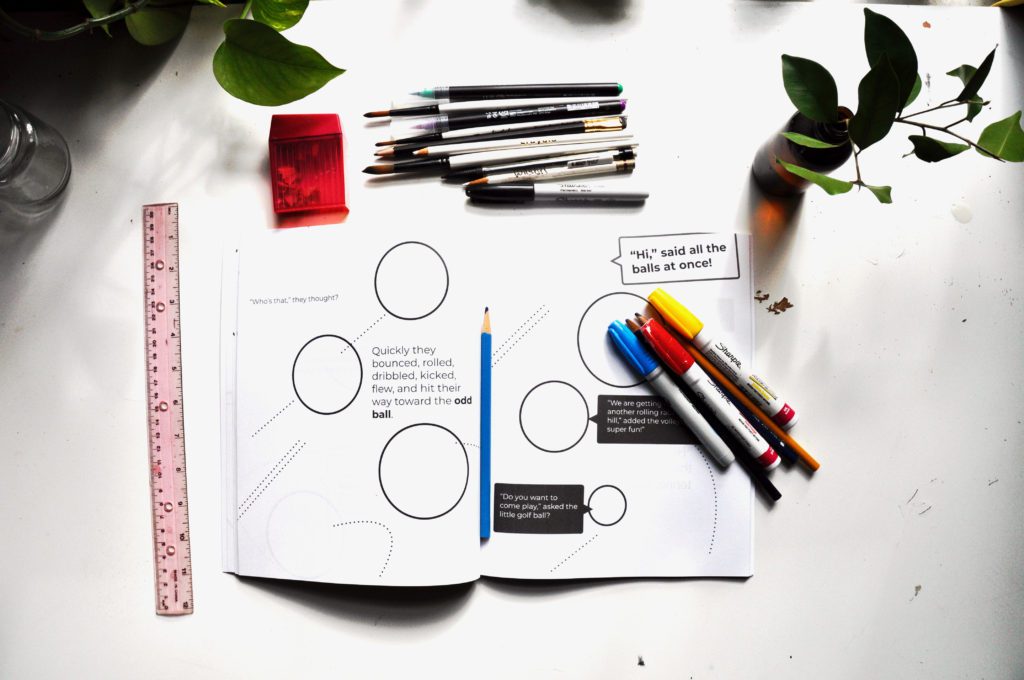
Record questions and ideas
Make sure that you are capturing the ideas that you have. So often, if we’re not sure how to bring an idea to life, we let it go. Instead of abandoning an idea, write it down, and revisit it later. This is why my planner has a section of questions, things that I want to learn, and blank pages.
Over a year ago, my brother told me that he wanted to my a children’s book without pictures. I ignored the idea for months, but I tucked it away in my mind. A picture book by Christian Robinson that didn’t have any words caught my attention. It was the opposite idea, all pictures, no words. ( thinking about the opposite of an idea is a great way to push your thoughts).
Then, I was at Nookbooks, and I noticed a book with only text. The author focused on typography instead of images. I bought the book to continue to support the exploration of making a kid’s book without pictures ( I was making connections).
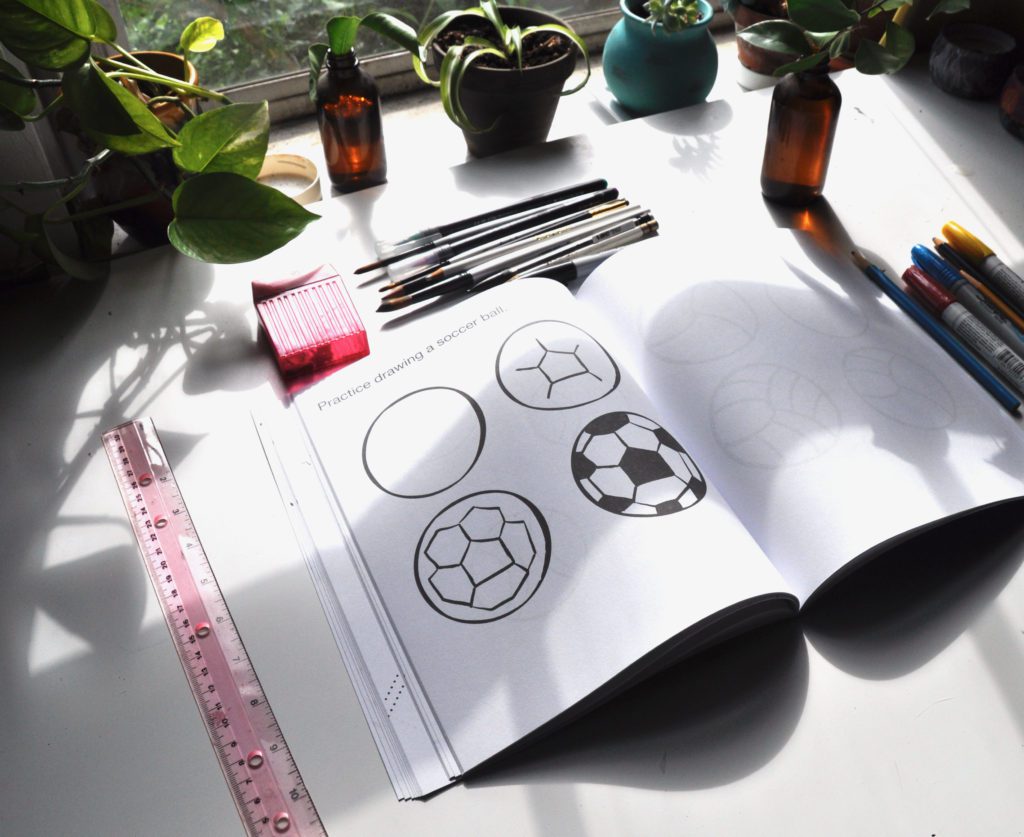
Now, over a year later, and after many connections and combinations, I made a book without pictures.
Here’s how:
I’ve been working with my brother and Readingtree publishing to create children’s books, and we always include a few activities at the end of each book. If you haven’t already made the connection, we add activities to the end of each book because it encourages connection and combination. They no longer just read the story; they draw things from it, play games that connect to it, and write words in the story—connections and combinations fuel creativity AND learning.
We’d finished The Oddball, and I was thinking about what project I wanted to start next. The idea of a book without pictures kept circling my mind, and suddenly I felt I finally knew what to do.
Delete ALL of the color images from The Oddball, leaving behind the text, a few shapes, and movement lines. Kids can read the story and imagine what they think should be on the page, and if they’re stuck, they can look at the copy of The Oddball that HAS pictures. This practice encourages kids to imagine participating in creating a story while also providing support as needed.
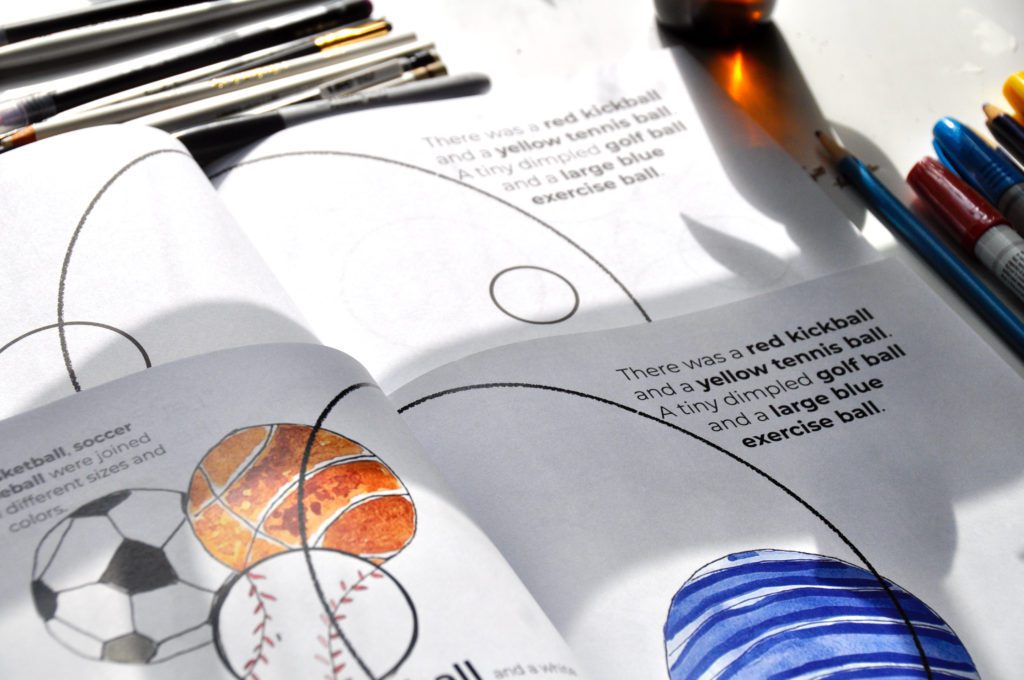
What other exercises would help kids as they illustrate their version of The Oddball?
- Step by step guides showing all to draw all of the balls mentioned in The Oddball
- Connection exercises help kids connect ball types to movement and color.
- Sentence starters so the kids can practice writing their own story and thinking through the questions an illustrator would ask.
How to start making your connections and combinations:
- Write your ideas down and occasionally revisit them.
- Let go of coming up with the most original idea and instead focus on the next hypothesis.
- Reflect on a project. What did you enjoy? What do you still want to learn? Take those ideas and see if you can do a new project that connects.
